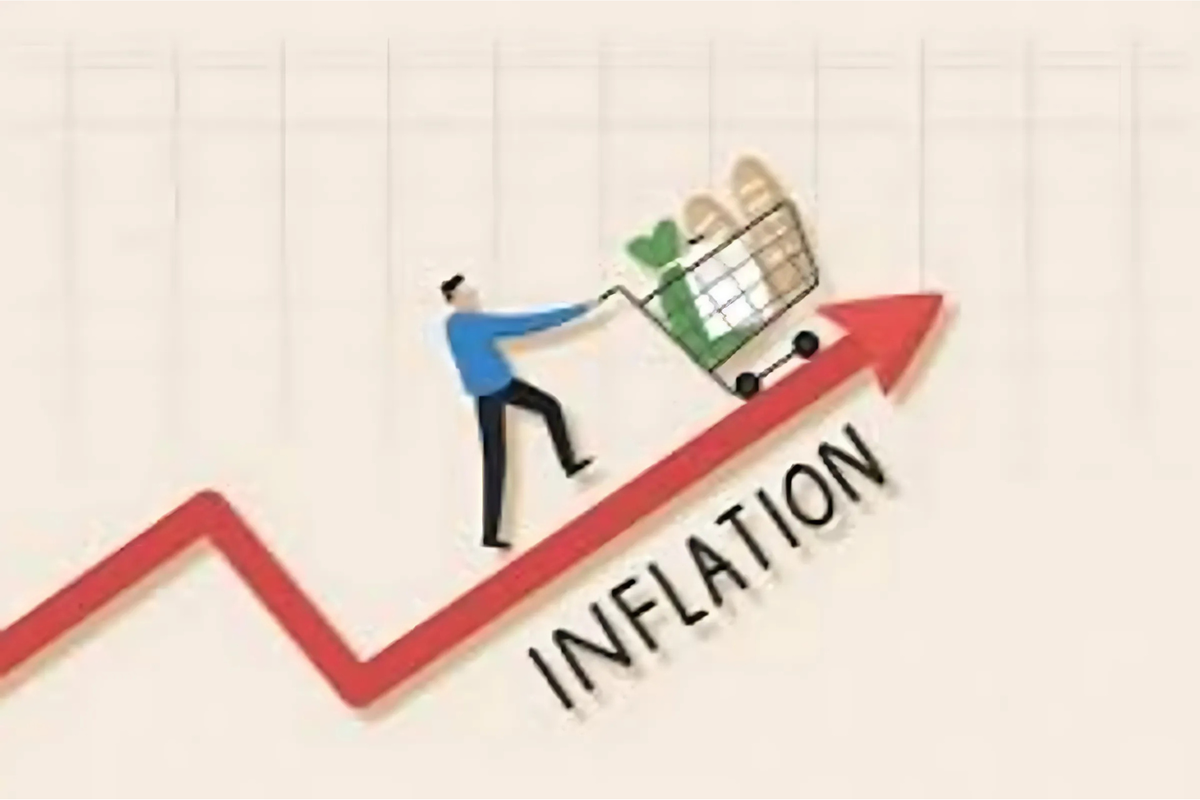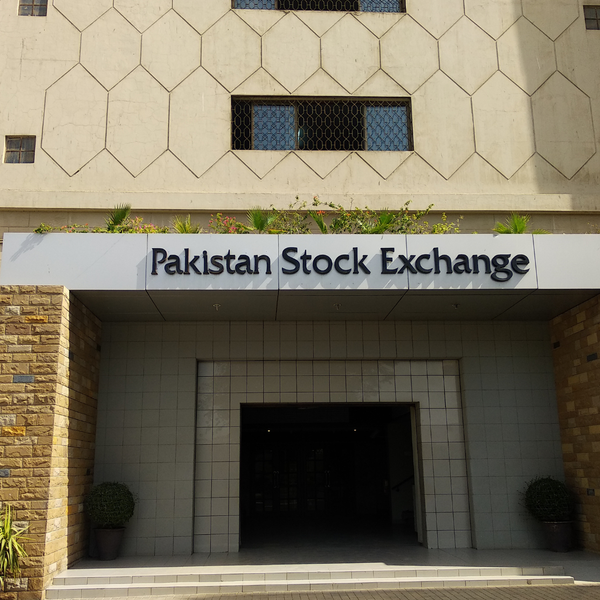Analysts expect Pakistan’s October inflation to be around 5.8%
Core inflation — which excludes food and energy — remains persistent, estimated at around 7.4% year-on-year in October
Business Desk
The Business Desk tracks economic trends, market movements, and business developments, offering analysis of both local and global financial news.

The high base effect that had previously kept inflation readings low has now eased off.
Pakistan’s consumer price index (CPI) is expected to stand between 5.2% to 5.8% in October, compared with 5.6% in September, signaling a return to normalized inflation trends as the base effect fades, according to reports from JS Global and Insight Securities released this week.
The official data is expected to be released on Monday.
According to Waqas Ghani, head of research at JS Global, food inflation is projected to rise 4.1% year-on-year, driven mainly by higher prices of tomatoes and onions, which pushed food prices up by roughly 1.3% month-on-month. A recent decline in chicken prices has helped offset some of the increase.
Housing, gas and electricity costs are also expected to climb about 1% month-on-month in October, largely due to fuel cost adjustments and routine quarterly rent revisions.
Core inflation — which excludes food and energy — remains persistent, estimated at around 7.4% year-on-year in October. In September, urban core inflation was recorded at 7% while rural inflation stood slightly higher at 7.8%.
“The base effect that had previously kept inflation readings low has now tapered off, leading to a normalization in monthly trends,” Ghani said. “However, food price volatility and recent supply disruptions could pose short-term risks.”
Floods and monetary policy outlook
Both JS Global and Insight Securities noted that recent floods have caused temporary supply shocks, particularly in the agriculture sector, heightening the risk of renewed price pressures and a wider current account deficit in fiscal year 2026.
Analysts are, however, divided on the direction of monetary policy.
The State Bank of Pakistan (SBP) kept its policy rate unchanged in its last meeting, citing uncertainty in the inflation outlook.
Some investors expect gradual rate cuts later in the fiscal year to support growth, while others anticipate the SBP will maintain its tight stance to safeguard price stability and manage exchange rate pressures. While others expect the central bank to maintain a cautious stance at its December policy meeting, opting to hold rates steady rather than introduce further easing.
“The economic impact of the floods now appears milder than initially feared, with upward revisions to crop output, including sugarcane and rice,” Insight Securities said.
It added that maintaining policy continuity is essential to stem inflation expectations and support real interest rate stability.
Insight Securities noted that government efforts to stimulate domestic activity through reduced electricity tariffs could support short-term growth but might pose risks to stabilization efforts if fiscal discipline weakens.
Price movements
Data from the Pakistan Bureau of Statistics showed significant price hikes for tomatoes (up 63.9%), onions (15.7%), and wheat flour, while prices of chicken (-23.4%), fresh fruits (-12.9%), and pulses declined during the period.
Overall, analysts estimate headline inflation at 5.8% for October, compared to 7.2% in the same month last year, with monthly inflation rising by about 1.4%, mainly driven by food and housing categories.
“Headline inflation has successfully stabilized in recent months, aided by prudent monetary management, easing global commodity prices, and declining domestic wheat costs,” JS Global said in its note.
Analysts at both firms said that, despite short-term volatility, inflation is expected to remain contained in the 5–6% range in the near term, provided no major supply or exchange rate shocks occur.









Comments
See what people are discussing